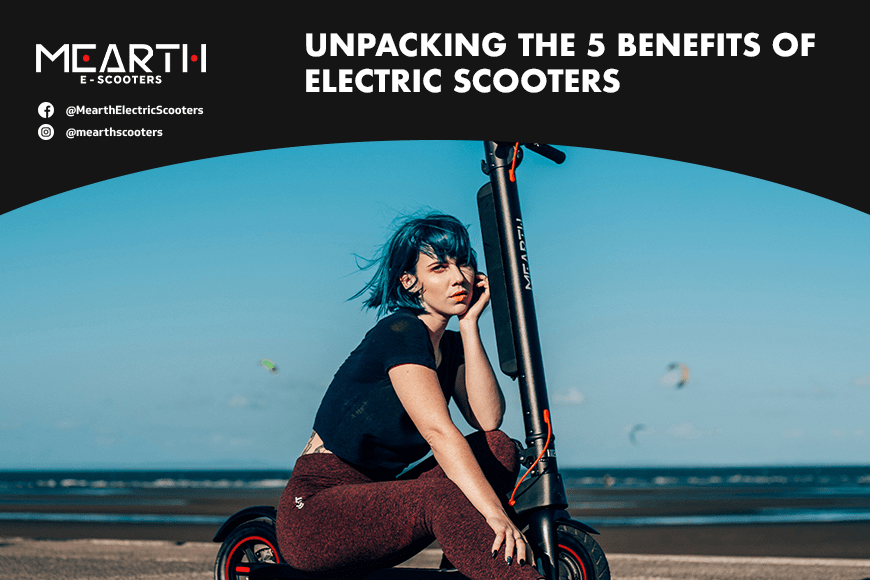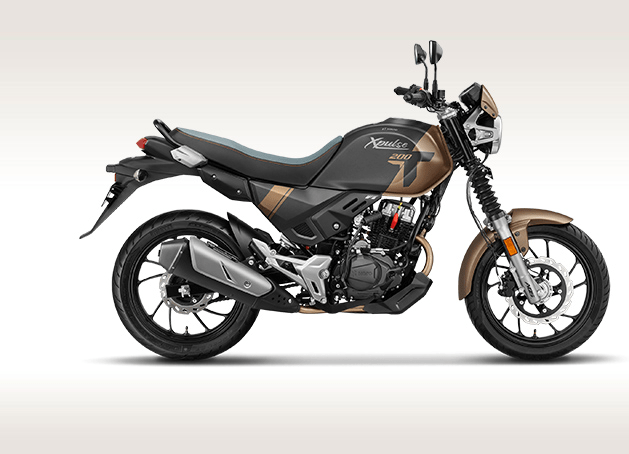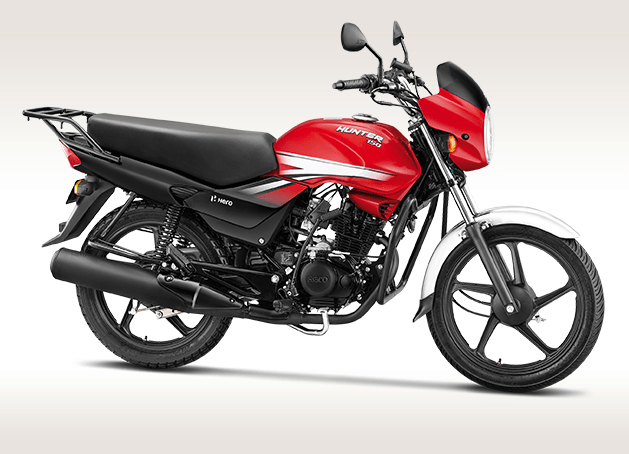This is an issue not to be avoided but rather discussed and tackled, even as it awaits resolution.
Some gnawing questions that cannot be ignored: Are shared e-scooters good or bad for cities and the climate? Do electric scooters reduce congestion and pollution, or not?
In considering which side of the argument to take, the public, cities, and the media often miss the broader point—the answer is largely up to us, the stakeholders, the present and future users.
It is easy to glean that these two-wheeled electric vehicles a.k.a. Electric Scooters for sale can provide more convenient and efficient ways of making short trips that are likewise enjoyable, recover public spaces exclusively for bikes, and inevitably increase the value and use of public transit.
In order to be able to achieve these gains, and more, it would be logical if we could first understand those very factors, and the keys that will unlock the benefits of electric scooters.
In so doing, let us first venture into the climate impact brought about by e-scooters, as this is closely related to the interaction of four factors:
- The energy needed to power each shared scooter and the carbon footprint associated with energy production.
- The methods employed for scooter collection, recharging, and distribution throughout the service area.
- The emissions generated during the manufacturing process of the scooters.
- The integration of shared (rental) scooters into the existing mobility ecosystem, considering both their environmental impact and the overall benefits they offer, both on an individual and collective scale.
Factor 1: Electric motors offer more than three times the efficiency of internal combustion engines. Moving a person on a lightweight 30-50 lb. e-scooter requires significantly less energy compared to a heavy 3,000-4,000 lb. car or SUV. A study has shown that electric scooters are over 1,000 percent more energy-efficient per mile than the average fuel-powered vehicle. Even if e-scooters are charged with electricity from fossil fuel-dependent grids, the emissions generated per mile are negligible.
Factor 2: The emissions produced by e-scooters can be influenced by how they are managed during charging and redistribution. If they are collected individually using diesel trucks, the emissions can be substantial. However, there are now efforts to enhance the efficiency of pick-up, recharge, and distribution processes, driven by cost reduction goals of electric scooter companies. Innovative solutions such as using cargo bikes and low emissions-intensive electric scooters with swappable batteries are being implemented. Replacing a battery is more cost-effective than collecting and charging an e-scooter every time it runs out of power.
Factor 3: Initially, the manufacturing of e-scooters faced criticism, but within a short span of two years, the shared e-scooter market has transitioned from cheap personal-use models to high-quality options like those offered by Mearth. Today, Australian electric scooters are designed for improved durability and efficiency. Evaluating their overall environmental impact is complex due to their rapid evolution. Although increasing product durability may result in higher individual manufacturing emissions due to the use of more materials and energy, the advancements in manufacturing processes have alleviated many concerns. The improved durability enables longer lifetimes and more trips before disposal or recycling of e-scooters.
Factor 4: Another crucial aspect is the different ways in which electric scooters are used in the mobility landscape. E-scooters are frequently replacing walking trips and around 10 percent of commuters are substituting their biking trips with e-scooter rides. A growing number of people are choosing e-scooters over public transit, while at least 10 percent are replacing car trips, including private automobiles and ride-sharing services. This trend is observed in various regions and cities across Australia, where electric scooters are offering alternative mobility options for new trips.
Factor 5: The value of introducing millions of people to the experience of navigating a city on a small two-wheeled device is difficult to quantify but highly significant. It raises awareness about the allocation and significance of public space for different transportation modes, such as cars, bikes, public transit, pedestrians, and e-scooters. Often, parking spaces are poorly organized, favoring polluting and space-consuming modes of transportation. It’s worth noting that e-scooters have made progress in reducing their environmental impact over the past two years. To fully realize the benefits of this alternative mode of transport, city officials and the public need to support the desired changes on our streets. Micro-mobility users in Australia, who ride top-performing, high-quality electric scooters, should actively advocate for reallocating public space towards protected and secure bike and e-scooter lanes, wider sidewalks, and improved transit infrastructure. Such measures would significantly contribute to congestion reduction, better health outcomes, and enhanced livability, even in densely populated cities.










